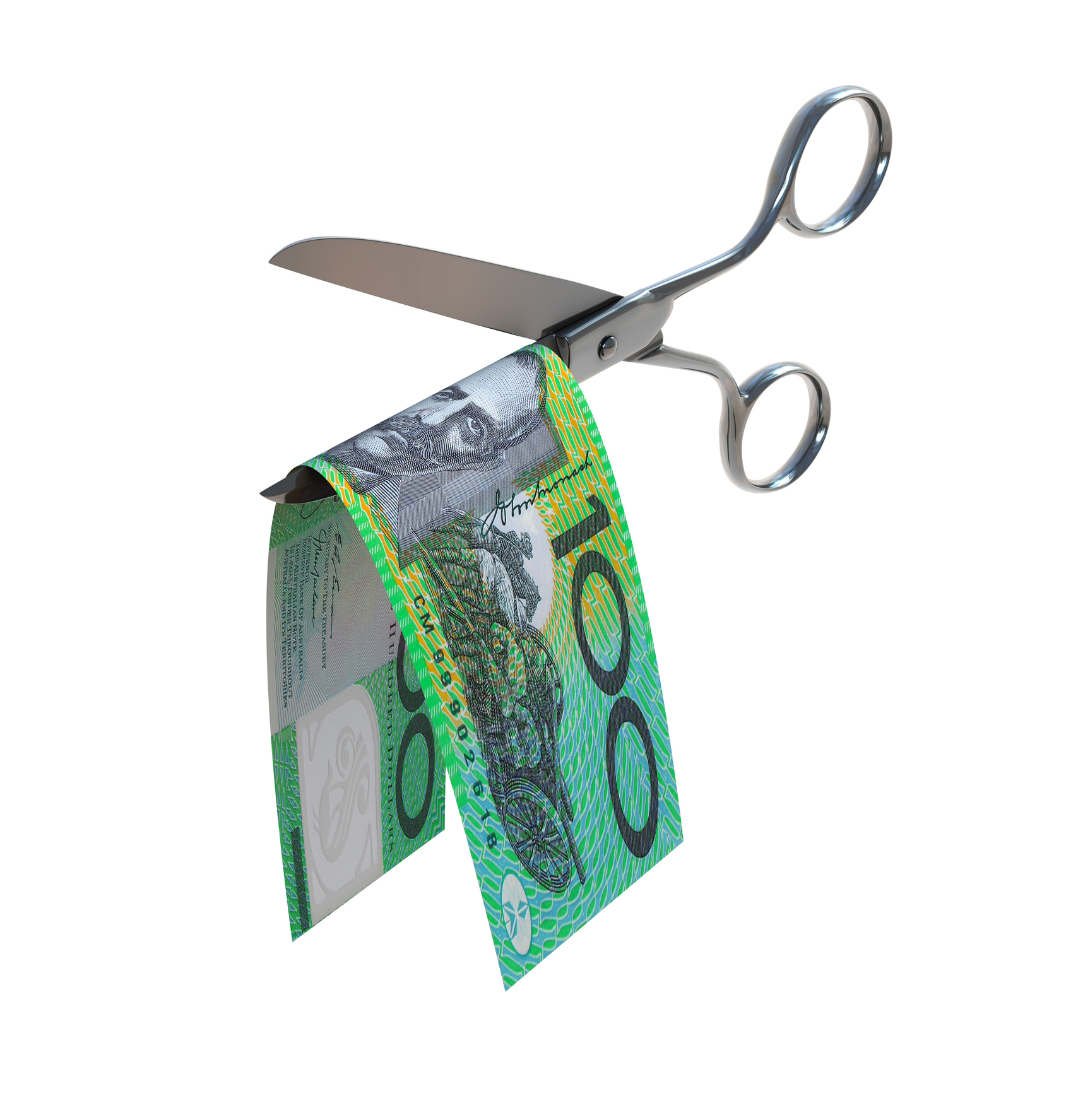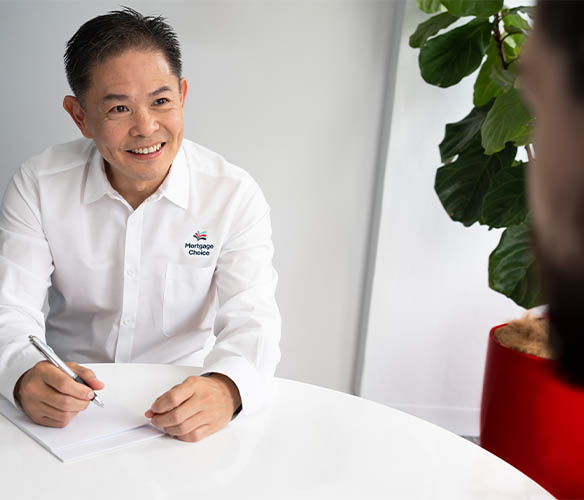Election 2025: The housing promises that could swing your vote
Housing costs are one of the top issues for Aussie voters due to rising home prices, growing rents and higher mortgage costs experienced in recent years.
The cost of housing has weighed heavily on homebuyers, homeowners and renters, and there’s mounting pressure on whoever leads the country next to make real change.

Australia’s biggest political parties have put forward wide-ranging housing policies to tackle the issue, offering sweeping changes seen for the first time.
Here’s a rundown of the housing promises that Labor, the Coalition and the Greens are taking to this weekend’s federal election.
Labor’s housing plan
Labor’s biggest housing promise for this election has been the $10 billion plan to build up to 100,000 new homes for first-home buyers, putting forward available Commonwealth-owned land and enabling states and territories to fast-track the development process.
The party also confirmed plans this week to provide $2 billion in concessional loans to state governments over four years to boost housing supply.
Labor wants to invest $78 million to fast track the qualification of 6,000 tradies to build more homes across Australia, if re-elected this year.

Prime minister Anthony Albanese wants to build up to 100,000 new homes for first-home buyers as part of Labor's election platform. Picture: Asanka Ratnayake/Getty
It has also pledged $54 million to the prefabricated and modular housing industry in a bid to speed up home building.
The Albanese government will invest another $800 million to expand its Help to Buy shared equity scheme, increasing the income caps and property price limits.
The extra funding will increase the income caps from $90,000 to $100,000 for individuals and from $120,000 to $160,000 for joint applicants and single parents.
To help first-home borrowers, the Labor government recently announced plans to soften home lending rules so that banks can exclude HECS student debts from mortgage applications in a bid to boost their borrowing power.
The government has introduced a two-year ban on foreign investors purchasing existing homes, which started this month. However, it was an idea that the Coalition first proposed last year.

Labor plans to provide $2 billion in concessional loans to state governments over four years to boost housing supply. Picture: Getty
Labor has also pledged to make home batteries cheaper across Australia in a bid to cut power bills for homeowners.
It has promised to invest $2.3 billion to subsidise home battery installations across the country, reducing the price of home batteries for households, small businesses and community facilities by 30%.
Coalition’s housing promises
The Coalition has also unveiled a package of housing pledges, including its bold plan to allow first-home buyers of newly built homes to claim a tax deduction on mortgage interest payments.
The 'First Home Buyer Mortgage Deductibility Scheme' will allow first-home buyers to deduct the interest paid on up to $650,000 of their mortgage from their income – as long as their home is brand new.
The Coalition also wants to allow buyers to dip into their superannuation to buy their first home.

Opposition leader Peter Dutton wants to allow first-home buyers to access their super to get onto the property ladder. Picture: Dan Peled/Getty
Under the super for housing plan, Australians would be allowed to access up to $50,000, or 40%, of their super to buy their first home, which would need to be returned when the house was sold.
For borrowers, the opposition has pledged to ease home lending rules and reduce the mortgage serviceability buffer in an effort to increase their borrowing power.
To boost housing supply, the opposition wants to speed up the housing development approval process, citing more than 100 housing development projects that have stalled under the current environmental approval process.
Under the plan, any project that has been waiting for approval for more than a year would be processed within six months.
It has promised $5 billion for housing infrastructure to fund essential infrastructure such as water, power, and sewerage at greenfield housing development sites.

The Coalition has promised to boost the number of tradespeople needed to build more homes in Australia. Picture: Getty
An elected Coalition government would invest $260 million to deliver 12 Australian technical colleges to encourage more people into trades.
It has also pledged to freeze any further changes to the National Construction Code for ten years.
The opposition also wants to cut overseas migration in a move it says would take the pressure off the housing market. Their plan would cut permanent migration from 185,000 to 140,000 for two years, plus significantly reduce foreign student numbers.
Greens’ housing policies
The Greens want to phase out some housing tax benefits, including negative gearing and capital gains discounts, for property investors.
The party is calling to freeze and cap rent increases to provide relief to renters, as well as establishing a National Renters Protection Authority to enforce and protect renter rights.

Australian Greens leader Adam Bandt wants to phase out negative gearing and capital gains discount tax benefits for property investors. Picture: Martin Ollman/Getty
The Greens have promised to create a public developer that is says would build 610,000 homes over the next decade for people to rent and buy at affordable prices.
Additionally, the party would seek to introduce a discount HomeKeeper rate to deliver cheaper mortgages.
The Greens have pledged to end homelessness through a plan to fund 50,000 ongoing supportive tenancies over the first four years, along with doubling housing and homelessness funding to the states.
The ending homelessness plan would be funded through taxes on banks and big corporations.
With the election just days away now, Australia’s major political parties have laid out their plans on how to tackle Australia’s housing crisis. Now it’s up to the voters to decide who has the best approach.
This article first appeared on realestate.com.au and has been republished with permission.



